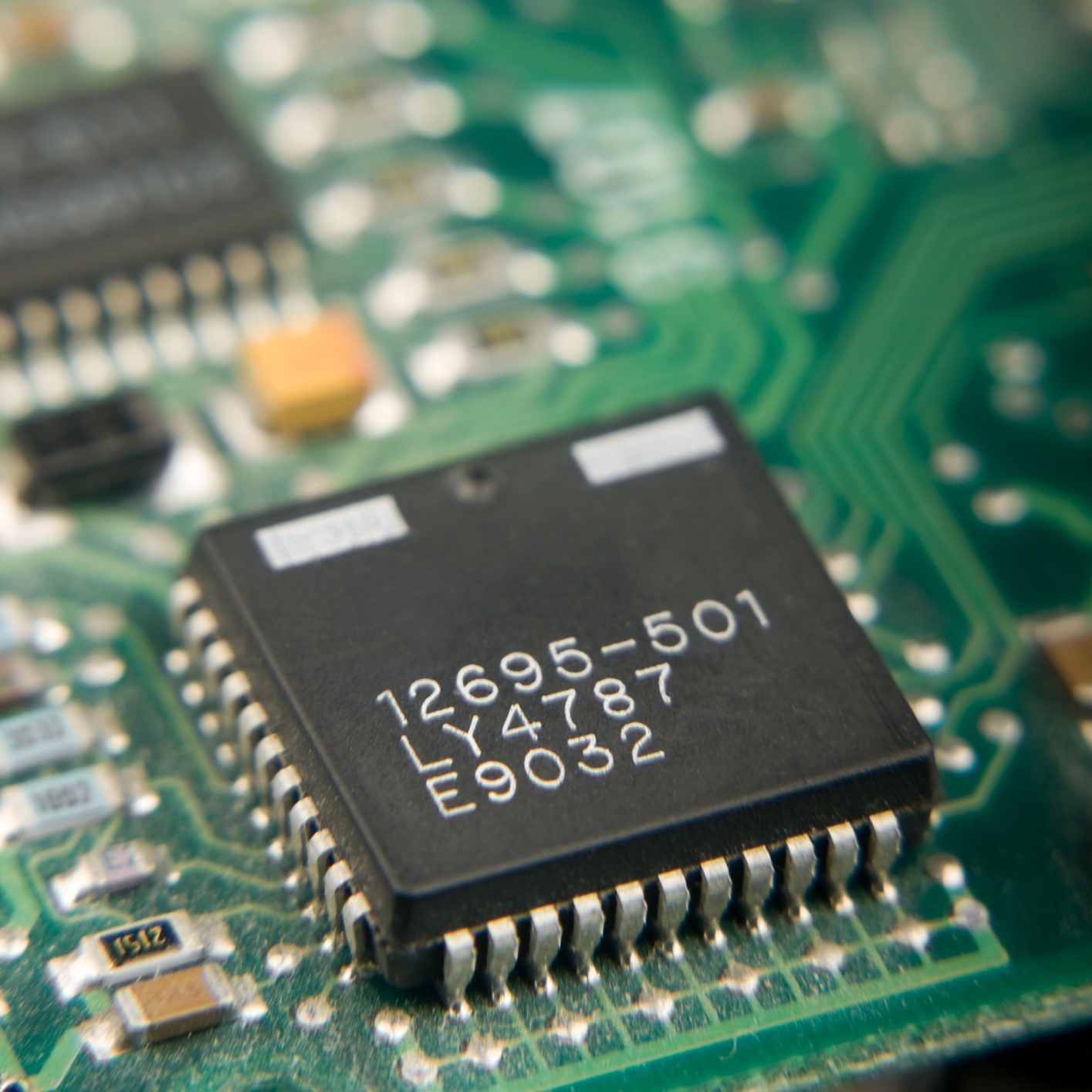Technology
Weak Year-End Chip Sales May Hurt Semiconductor Trends in 2016

Published:
Last Updated:

Semiconductors may rule the world. Everything we use daily has semiconductors in it, from the likes of cars, computers, phones, servers, TVs and many of other items. It turns out that 2015 showed a slight dip in global semiconductor revenues. A report from the Semiconductor Industry Association (SIA) issued on Monday showed that 2015 global chip revenues were barely under the level of 2014. Weak trends at the end of 2015 may also be the reason for such a muted industry outlook for 2016.
Total semiconductor industry sales were $335.2 billion in 2015, down by a small 0.2% from 2014. Note that 2014 was listed as the semiconductor industry’s best year on record.
Chips are often considered a leading indicator for how technology and consumer electronics play into the economy. On a side note: 2015 was also the first year since 2009 that the stock market did not rise. It was December and the fourth-quarter trends that hurt from the SIA data:
Key semiconductor product segments stood out in 2015:
The SIA’s formal statement said:
Despite formidable headwinds, the global semiconductor industry posted solid sales in 2015, although falling just short of the record total from 2014. Factors that limited more robust sales in 2015 include softening demand, the strength of the dollar, and normal market trends and cyclicality. In spite of these challenges, modest market growth is projected for 2016.
The semiconductor industry is critically important to the U.S. economy and our global competitiveness. We urge Congress to enact polices in 2016 that promote innovation and growth. One such initiative is the Trans-Pacific Partnership (TPP), a landmark agreement that would tear down myriad barriers to trade with countries in the Asia-Pacific. The TPP is good for the semiconductor industry, the tech sector, the American economy, and the global economy. Congress should approve it.
Most of the largest chip makers in the world make up the Semiconductor Industry Association. Some of these are AMD, IBM, Intel, Micron Technology, Qualcomm, SanDisk, Texas Instruments and Samsung.
Thank you for reading! Have some feedback for us?
Contact the 24/7 Wall St. editorial team.